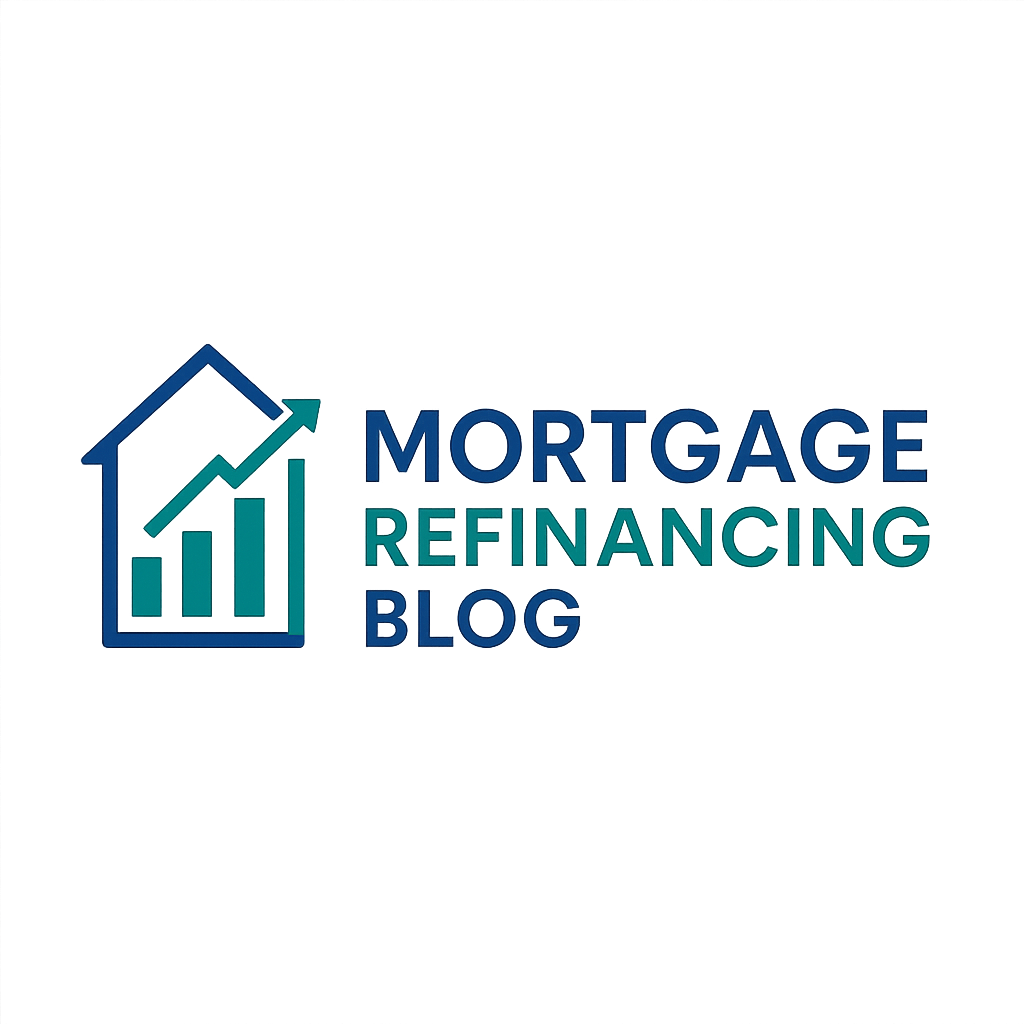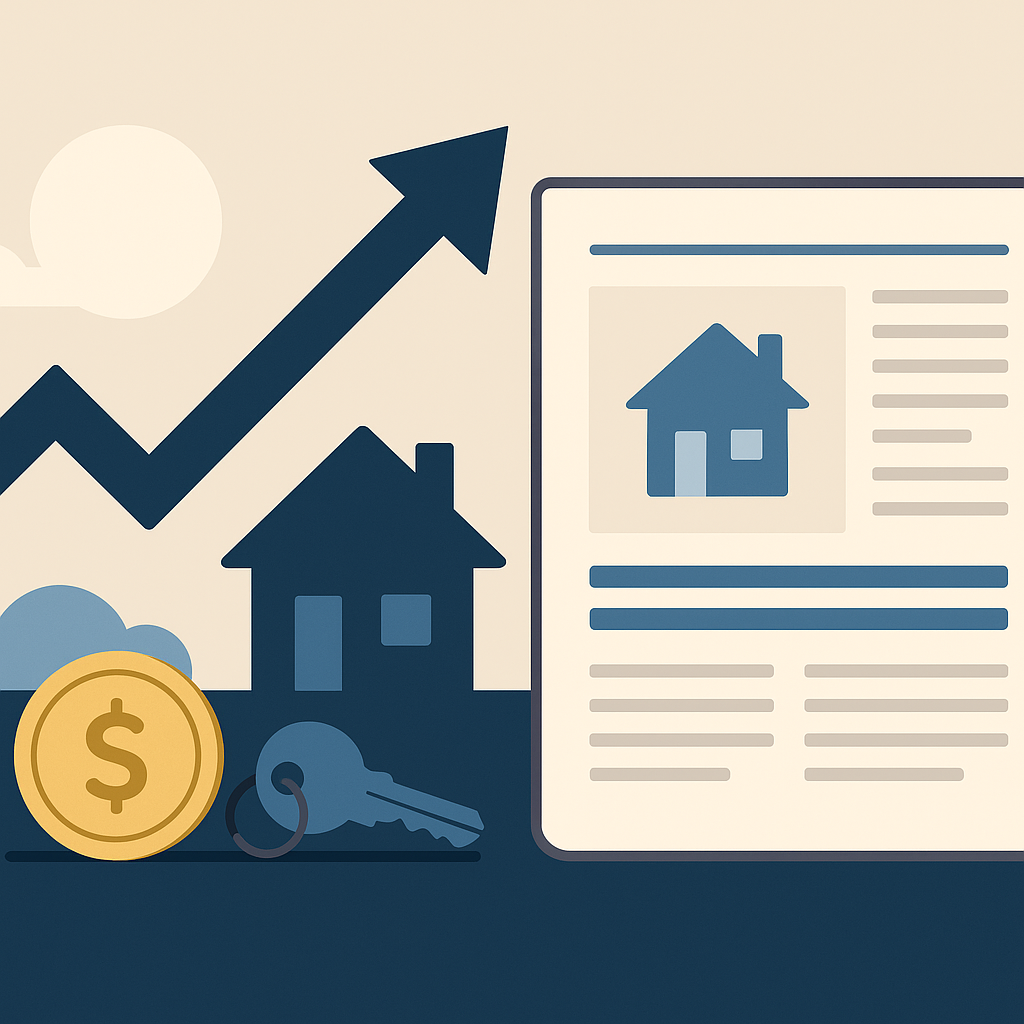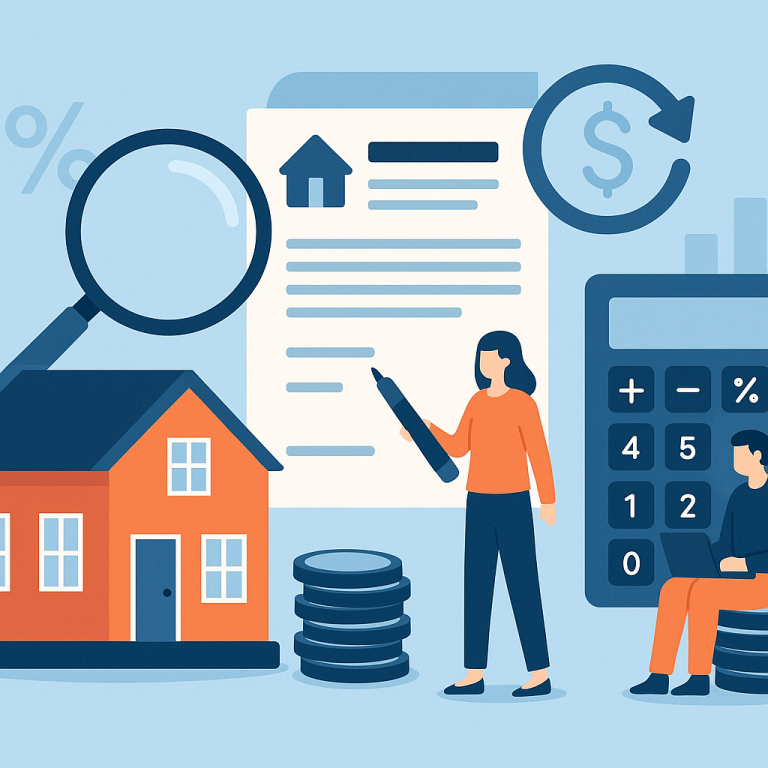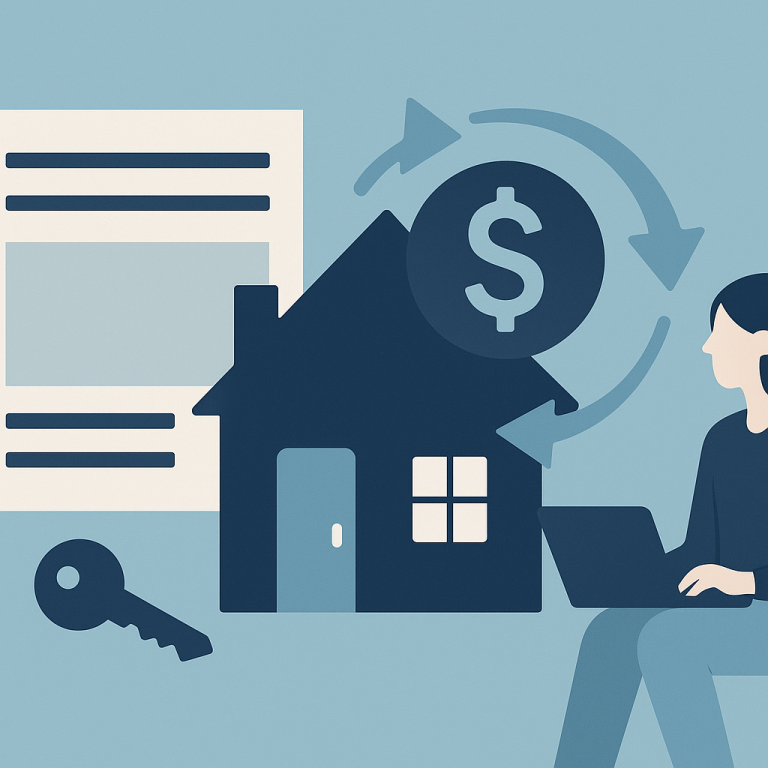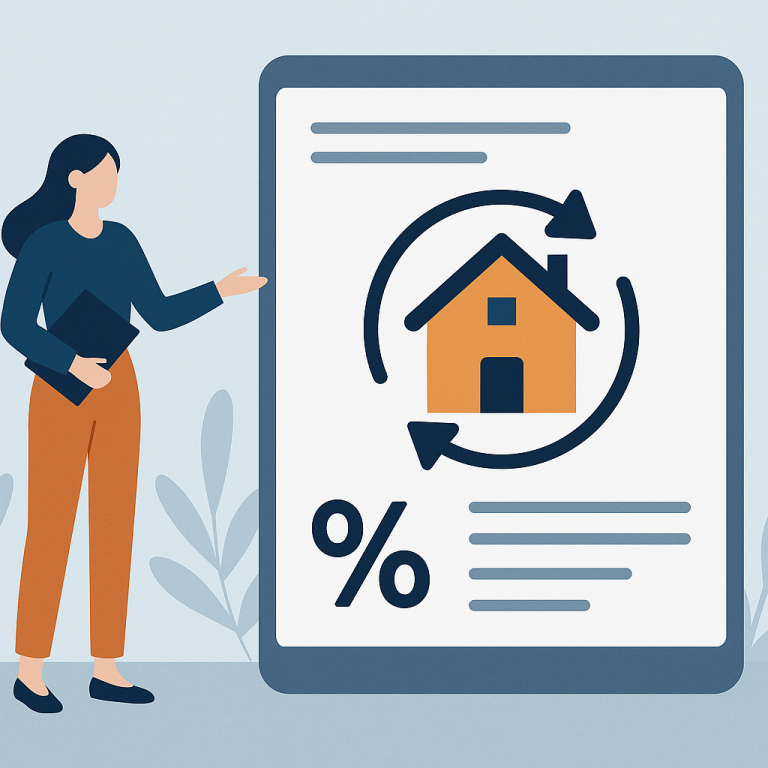30-Year Fixed Refinance Rates Dip To Three-Week Low, Applications Rise
Refinancing Shifts From Broad Rush to Targeted Savings as Mortgage Market Stabilizes
After a period of widespread refinancing activity driven by rapid rate moves, the mortgage market is settling into a phase where refinancing decisions are increasingly selective. Lenders have adjusted pricing and underwriting, and homeowners are weighing transaction costs against potential long-term savings more carefully. The result: refinancing is proving most attractive for certain borrower profiles rather than as a one-size-fits-all strategy.
Market participants note that rate volatility has eased compared with earlier swings, prompting many lenders to narrow promotional windows and focus on applicants who show clear economic benefit. At the same time, tighter underwriting standards in some channels mean that borrowers with stronger credit profiles and significant home equity have better access to favorable terms than marginal applicants. This combination of steadier pricing and differentiated underwriting is shaping which households pursue refinancing.
Another dynamic influencing demand is the prevalence of adjustable-rate mortgages (ARMs) and older loans with higher rates. Homeowners facing upcoming rate adjustments are increasingly likely to consider refinancing into fixed-rate products to lock in payment stability. Conversely, borrowers with relatively low fixed rates already in place are less inclined to refinance unless they seek to change loan length, tap equity, or move from mortgage insurance obligations.
Transaction costs and the break-even timeline are again front-and-center in homeowners’ calculations. With origination fees, title and appraisal costs, and potential prepayment penalties factored in, the time it takes for monthly savings to offset upfront expenses is a critical consideration. For homeowners who plan to remain in their homes long enough to recoup closing costs, refinancing can still deliver meaningful lifetime interest savings or payment relief; for those planning to move, the same math often argues against refinancing.
Lenders are also promoting targeted products, such as streamlined refinances for borrowers with strong payment histories and options that reduce paperwork for certain government-backed loans. At the same time, cash-out refinance appetite remains subdued among conservative borrowers, who are weighing the tradeoff between accessing home equity now and preserving low-rate mortgage debt.
What Homeowners Should Consider
- Assess the break-even horizon: Compare expected monthly savings against all closing costs to estimate how long it will take to recover refinancing expenses.
- Review loan purpose: Decide if the refinance is for rate-and-term improvements, shortening loan length, removing mortgage insurance, or accessing equity—each objective has different implications.
- Check eligibility factors: Strong credit scores and substantial home equity generally improve access to competitive rates and smoother underwriting.
- Consider loan type shifts: Borrowers with ARMs approaching resets often benefit from switching to a fixed-rate loan for payment predictability; those already in low fixed rates should evaluate other motivations carefully.
- Understand closing costs and timing: Request a detailed Good Faith Estimate or Loan Estimate early, and factor in how long you expect to remain in the home.
- Shop around: Rates and fees vary across lenders and loan products; comparing offers can reveal meaningful differences in net savings.
Refinancing remains a useful tool for homeowners, but its value is less automatic than during prior market surges. The current environment rewards careful analysis: borrowers who align refinancing goals with their financial horizon, eligibility, and loan structure are the most likely to realize tangible benefits. Homeowners should gather quotes, run conservative break-even scenarios, and prioritize options that match their long-term plans before committing to a new loan.
META: refinancing-market-targeted-savings-homeowner-takeaways
